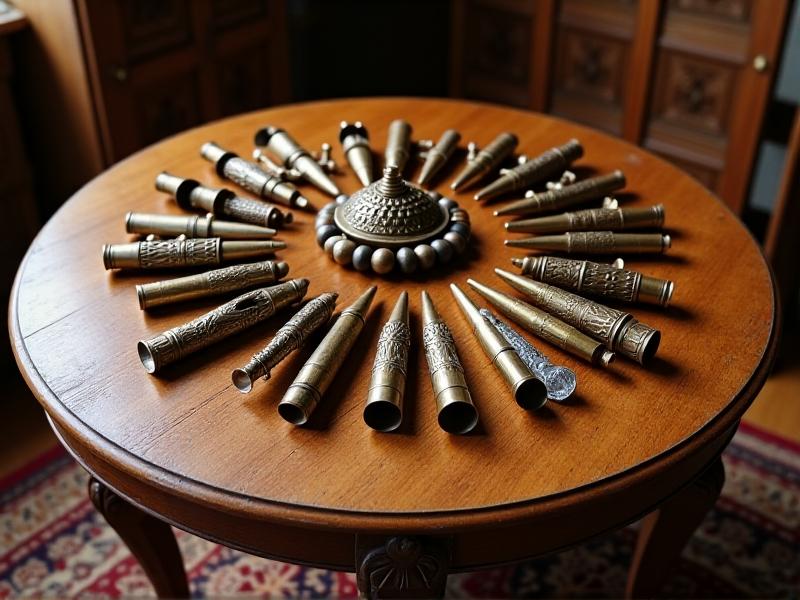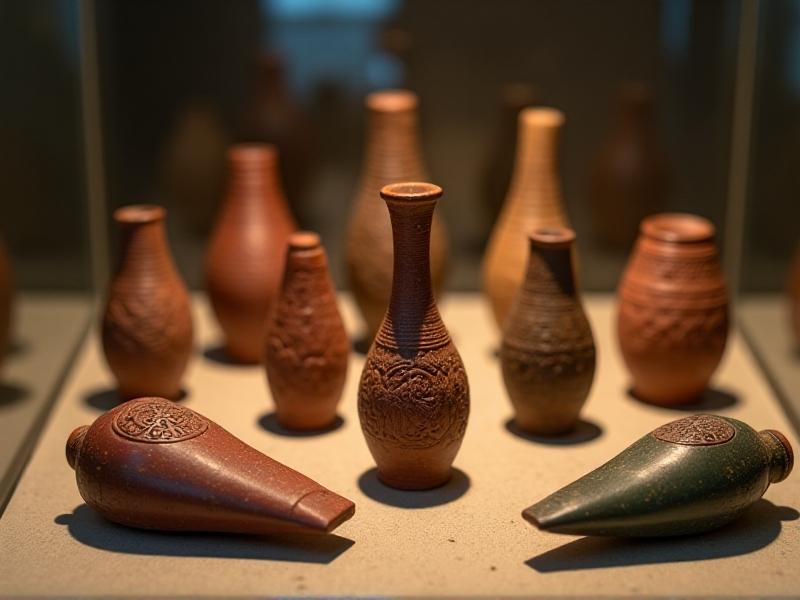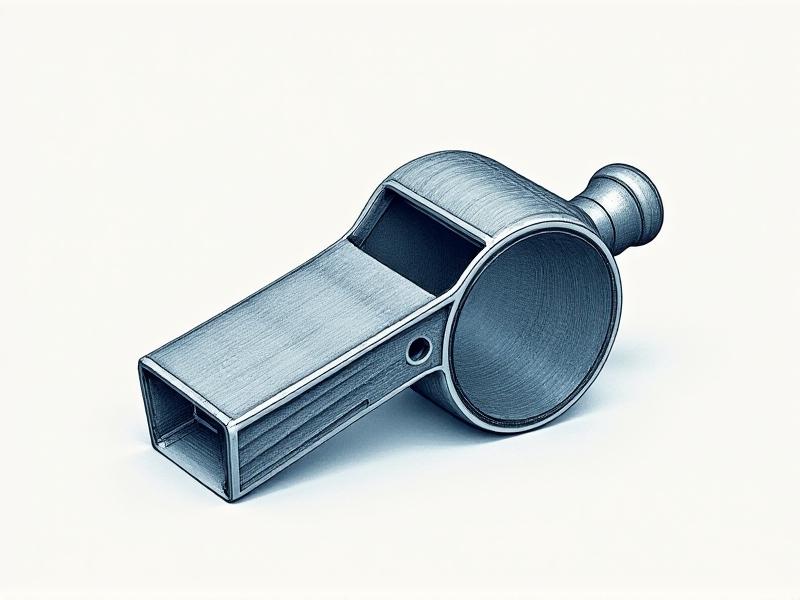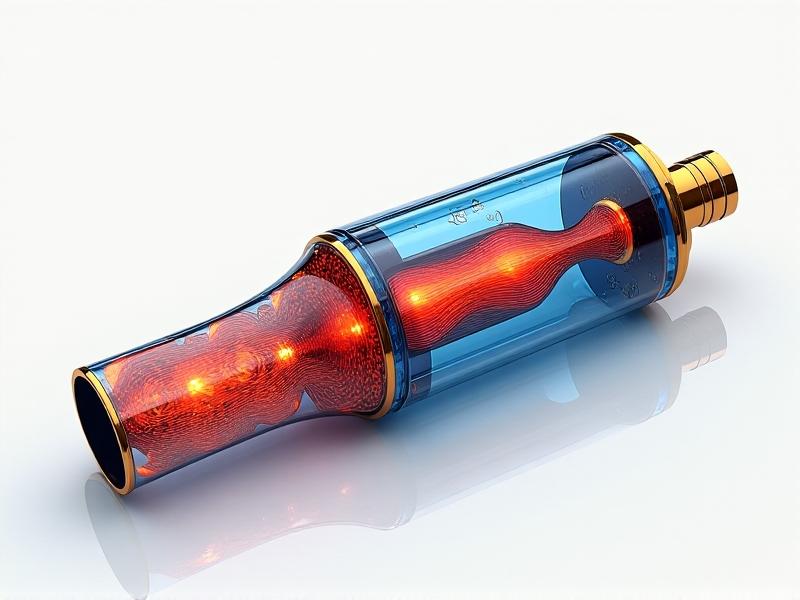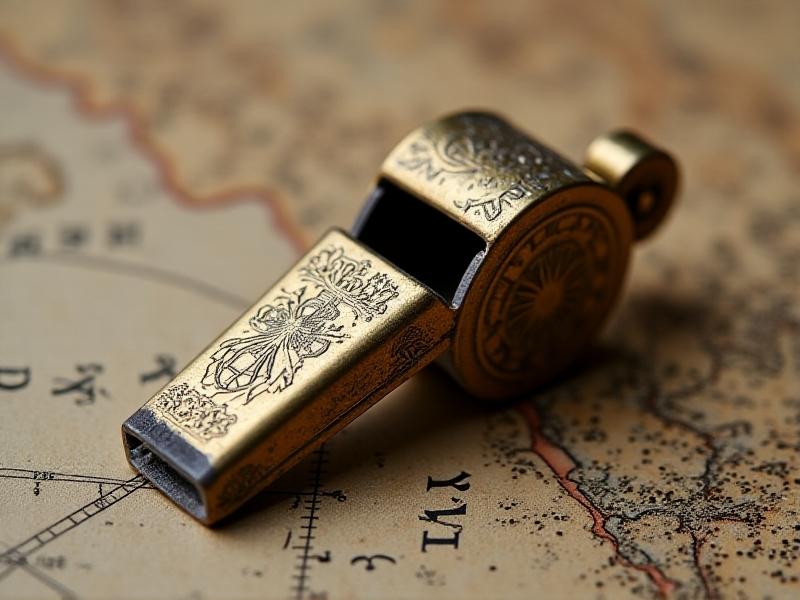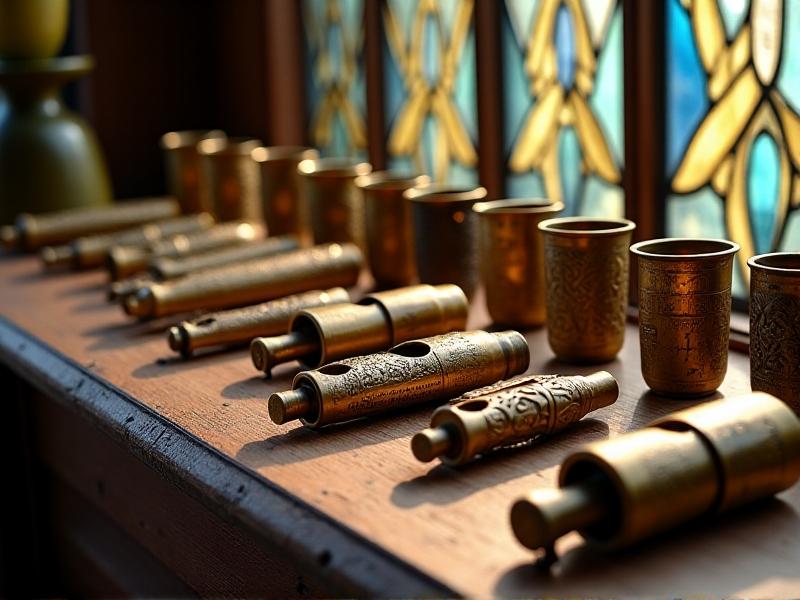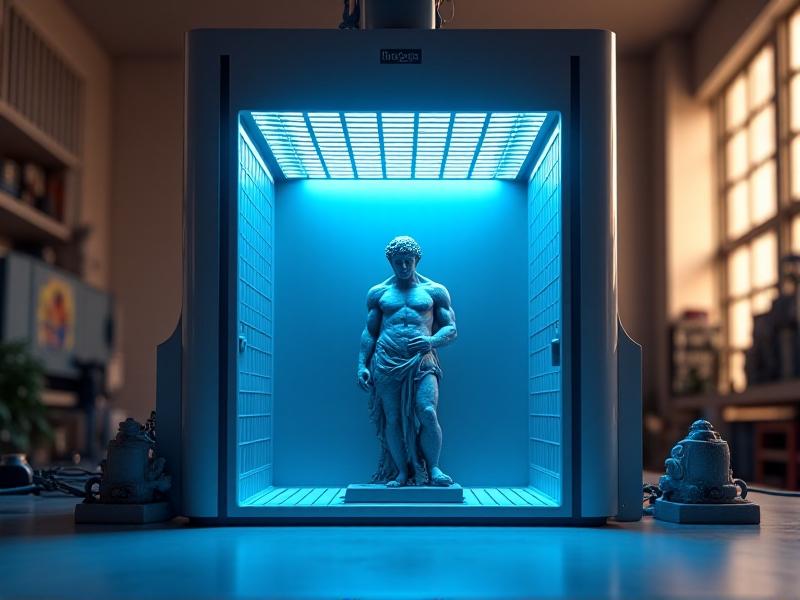The Role of Resonance Chambers in Whistle Acoustics
The Science Behind Whistle Acoustics
Whistles are simple yet fascinating devices that produce sound through the vibration of air. The acoustics of a whistle are influenced by several factors, including the shape and size of the resonance chamber. A resonance chamber is a cavity within the whistle that amplifies and modifies the sound produced by the air stream. When air is forced through the whistle, it creates vibrations that resonate within the chamber, producing a distinct pitch and tone.
The design of the resonance chamber plays a crucial role in determining the quality and characteristics of the sound. For instance, a larger chamber tends to produce lower-pitched sounds, while a smaller chamber results in higher-pitched tones. The shape of the chamber also affects the sound, with cylindrical chambers producing a more uniform tone compared to irregularly shaped ones.
Understanding the science behind whistle acoustics involves delving into the principles of sound waves and resonance. When air enters the whistle, it creates pressure waves that travel through the chamber. These waves bounce off the walls of the chamber, reinforcing certain frequencies and dampening others. This process, known as resonance, is what gives the whistle its unique sound.

Historical Evolution of Whistle Design
The history of whistles dates back thousands of years, with early examples made from natural materials like bone and wood. These primitive whistles were often used for communication, signaling, and ceremonial purposes. Over time, the design of whistles evolved, incorporating more sophisticated resonance chambers to enhance their acoustic properties.
In the 19th century, the industrial revolution brought about significant advancements in whistle manufacturing. Metal whistles became popular due to their durability and ability to produce louder, more consistent sounds. The introduction of precision engineering allowed for the creation of whistles with carefully calibrated resonance chambers, resulting in more predictable and controlled tones.
One notable example of this evolution is the police whistle, which was designed to produce a piercing sound that could be heard over long distances. The resonance chamber in these whistles was specifically engineered to amplify high-frequency sounds, making them ideal for emergency signaling. Today, whistles are used in a wide range of applications, from sports refereeing to musical instruments, each with its own unique resonance chamber design.

The Role of Resonance Chambers in Sound Amplification
Resonance chambers are essential for amplifying the sound produced by a whistle. When air is blown into the whistle, it causes the air inside the chamber to vibrate at specific frequencies. These vibrations are amplified by the chamber's walls, which reflect and reinforce the sound waves. The size and shape of the chamber determine which frequencies are amplified, resulting in the whistle's characteristic tone.
For example, a whistle with a long, narrow resonance chamber will amplify lower frequencies, producing a deeper sound. Conversely, a whistle with a short, wide chamber will amplify higher frequencies, resulting in a sharper tone. The material of the chamber also plays a role in sound amplification. Metal chambers, for instance, tend to produce brighter, more piercing sounds compared to wooden or plastic chambers.
In addition to amplifying sound, resonance chambers can also modify the timbre of the whistle. Timbre refers to the quality or color of the sound, which is influenced by the harmonics and overtones produced within the chamber. By carefully designing the resonance chamber, manufacturers can create whistles with a wide range of tonal qualities, from soft and mellow to loud and shrill.
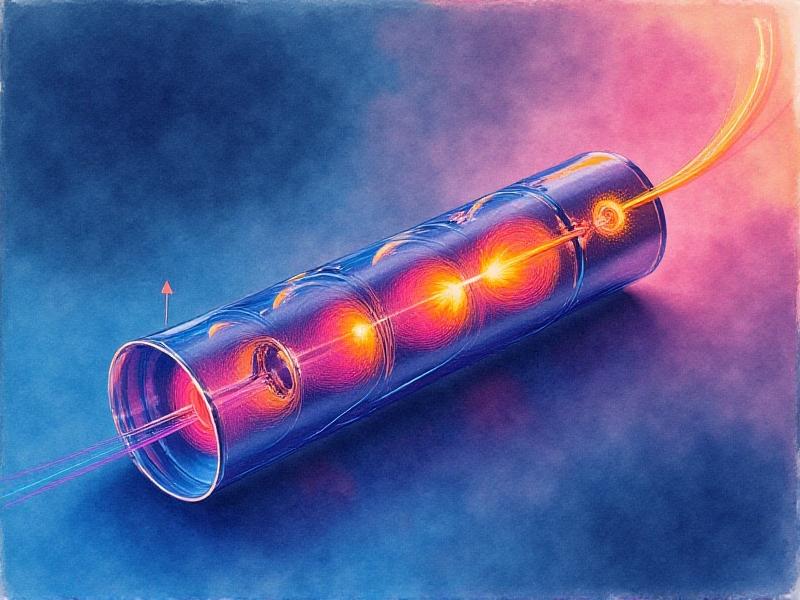
Modern Applications of Whistles and Resonance Chambers
In the modern world, whistles are used in a variety of applications, each requiring specific acoustic properties. For example, sports referees rely on whistles with high-pitched, piercing sounds to signal fouls or stop play. These whistles are designed with small, narrow resonance chambers that amplify high frequencies, ensuring the sound can be heard clearly over the noise of a crowded stadium.
Musical instruments, such as tin whistles and ocarinas, also utilize resonance chambers to produce melodic tones. These instruments often feature multiple chambers or complex internal structures to create a wide range of notes and harmonies. The design of the resonance chamber in these instruments is critical to achieving the desired musical expression.
In addition to sports and music, whistles are used in safety and emergency signaling. Life jackets, for example, are often equipped with whistles that can produce loud, attention-grabbing sounds in case of an emergency. The resonance chambers in these whistles are designed to maximize volume and clarity, ensuring they can be heard over long distances or in noisy environments.
Innovations in Resonance Chamber Technology
Recent advancements in materials science and engineering have led to innovative designs in resonance chamber technology. For example, 3D printing has enabled the creation of complex, custom-shaped chambers that were previously impossible to manufacture using traditional methods. These chambers can be precisely tuned to produce specific frequencies, resulting in whistles with highly controlled and consistent tones.
Another innovation is the use of composite materials, which combine the acoustic properties of different substances to create unique sound profiles. For instance, a resonance chamber made from a combination of metal and plastic can produce a sound that is both bright and mellow, offering a new range of tonal possibilities.
Additionally, researchers are exploring the use of active resonance chambers, which incorporate electronic components to modify the sound in real-time. These chambers can be adjusted to produce different pitches or tones, making them ideal for applications where versatility is required. As technology continues to evolve, the possibilities for resonance chamber design are virtually limitless.
The Future of Whistle Acoustics
As we look to the future, the role of resonance chambers in whistle acoustics is likely to become even more significant. Advances in technology will continue to push the boundaries of what is possible, leading to new and innovative designs that offer greater control over sound production. For example, the integration of artificial intelligence could allow for the creation of whistles that automatically adjust their resonance chambers to produce the optimal sound for any given situation.
Furthermore, the growing interest in sustainability may drive the development of eco-friendly whistles made from biodegradable or recycled materials. These whistles could feature resonance chambers designed to minimize environmental impact while still delivering high-quality sound.
Ultimately, the future of whistle acoustics will be shaped by a combination of technological innovation, environmental considerations, and the ever-evolving needs of users. Whether used for sports, music, or safety, whistles will continue to rely on the principles of resonance to produce the sounds we rely on every day.
